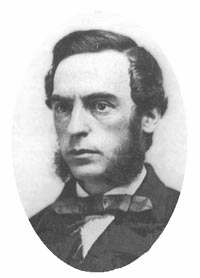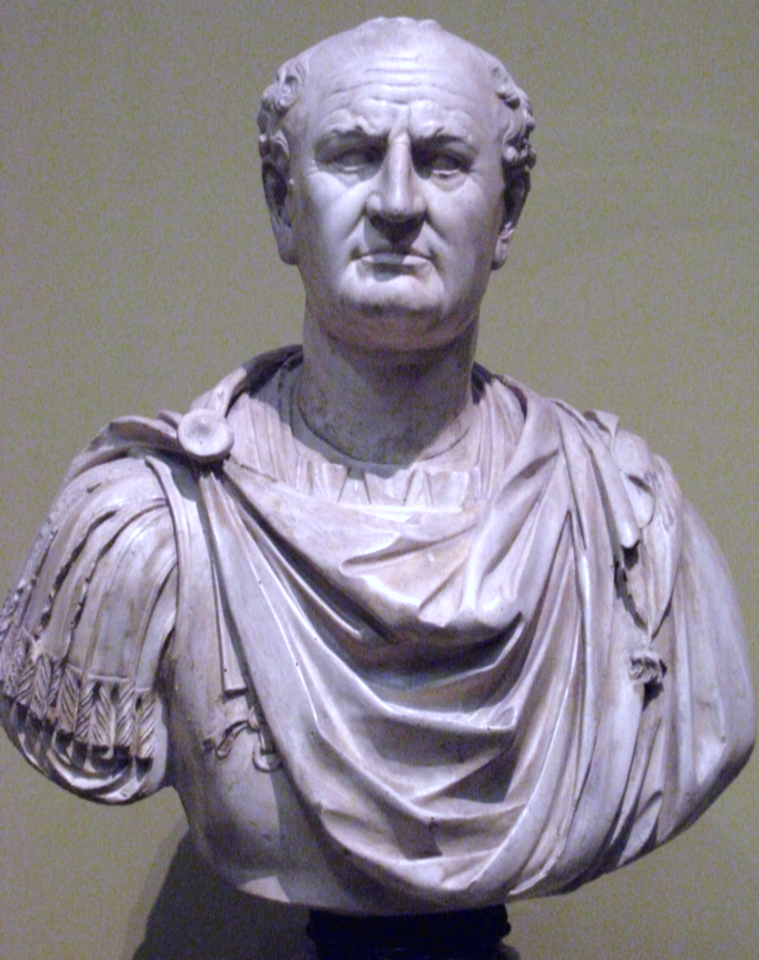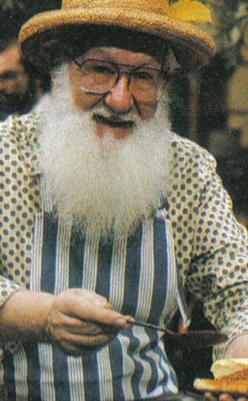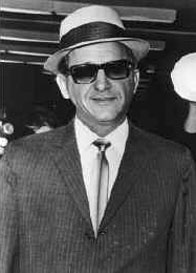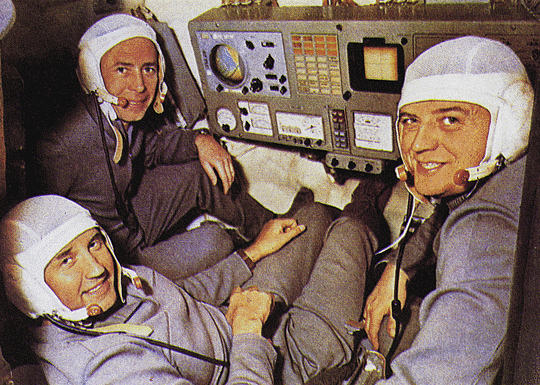 Soyuz 11 was a Soviet space mission launched on June 6, 1971 to dock at Salyut 1, the world's first space station, launched into orbit unmanned that April. Soyuz 10 made it to the station in April but was unable to board due to technical issues.
Soyuz 11 was a Soviet space mission launched on June 6, 1971 to dock at Salyut 1, the world's first space station, launched into orbit unmanned that April. Soyuz 10 made it to the station in April but was unable to board due to technical issues.Leading the mission was commander Georgy Dobrovolsky, 43, on his first space flight. Research engineer Viktor Patsayev celebrated his 38th birthday in space, and Russians celebrated with him in a party staged for television while his comrades toasted him with tubes of prune paste instead of vodka. Flight engineer Vladislav Volkov, 35, was a veteran of Soyuz 7 and a teen idol in Russia due to what Time magazine called his "rugged good looks".
Some aspects of the mission went well and they were able to make daily television broadcasts, including Patsayev's birthday party. But mishaps piled up, including a fire (not revealed until decades later) that may have prompted them to end the mission earlier than scheduled. Back in Soyuz 11, on their return trip, a technical malfunction involving the timing of explosive bolts caused a vent to open that sucked the atmosphere of the descent module into space. The crew were not wearing space suits. Patsayev attempted to close the vent but they all lost consciousness and died in under a minute on June 30, 1971. The module returned to Earth as planned and the recovery teams attempted CPR, not knowing that the cosmonauts were long dead.
The cosmonauts were given a large state funeral which included US astronaut Tom Stafford as one of the pallbearers. They were interred in the Kremlin Wall Necropolis and each has a crater on the Moon named for them. The Soyuz spacecraft was redesigned to carry only two cosmonauts, leaving extra room for each to wear their space suits in flight. The next Soyuz mission wasn't until 1973. No one ever returned to space station Salyut 1.




